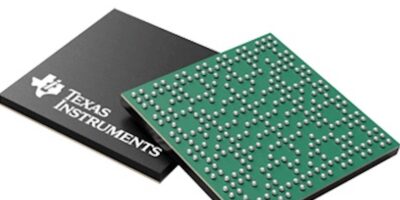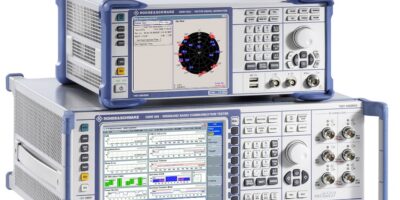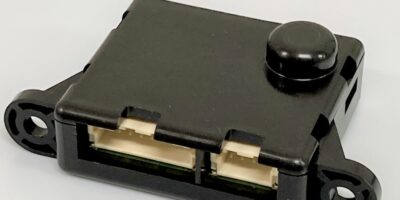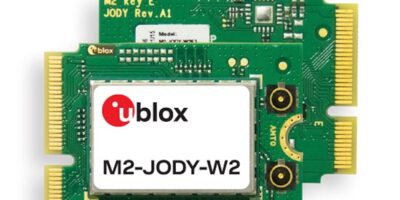For real-time control, networking and analytics applications at the edge, Sitara AM2x microcontrollers can help engineers can achieve 10 times the computing capability of traditional, flash-based microcontrollers, says Texas Instruments (TI). The microcontrollers can be used in factory automation, robotics, automotive systems and sustainable energy management where fast, accurate microcontrollers at the edge deliver more power-efficient processing to distributed systems for industry 4.0.
The Sitara AM2x microcontrollers are built around Arm cores. TI offers single and multi-core devices running at speeds up to 1.0GHz with integrated peripherals and accelerators.
The AM243x microcontrollers are the first family of devices available in the AM2x portfolio. They have up to four Arm Cortex-R5F cores, each running up to 800MHz, which meets the high processing speed critical in factory equipment such as robotics. Fast computations coupled with the microcontroller’s internal memory enhance a robot’s precision of motion and speed of movement, translating to higher productivity, says TI. The additional processing capability enables designers to add analytics for functions such as predictive maintenance, reducing downtime on factory floors. In typical applications, AM243x devices consume less than 1.0W of active power, enabling factory operators to extend their power resources, lowering operating costs and the site’s energy footprint.
Sitara AM243x microcontrollers integrate sensing and actuation peripherals to enable low-latency real-time processing and control for factory automation as well as communications accelerators to simplify industrial networking. Engineers can leverage certified protocol stacks available directly from TI to support, for example, EtherNet/IP, EtherCAT, ProfiNet, and IO-Link Master to meet evolving industrial communication standards. On-chip security and integrated functional safety mechanisms, diagnostics and collateral help enable system integrators to target up to Safety Integrity Level (SIL) 3 of the IEC 61508 standard.
TI has also created the Sitara AM243x LaunchPad development kit. The evaluation tool, combined with the Sitara MCU+ software framework can be used by developers to assess the precision real-time control and networking capabilities in the AM243x. Developers also have access to application-specific reference examples, a strong ecosystem of tools and software, and the MCU+ Academy training portal to help them streamline designs and accelerate time to market.
Pre-production versions of the AM2431, AM2432 and AM2434 in a 17 x 17 or 11 x 11mm package are now available. The AM243x LaunchPad Development Kit is also available.







